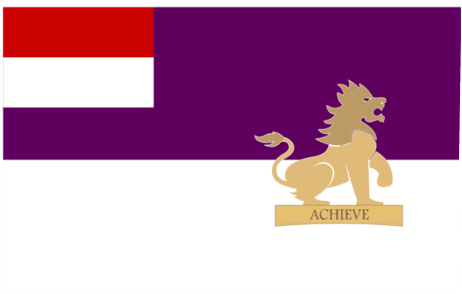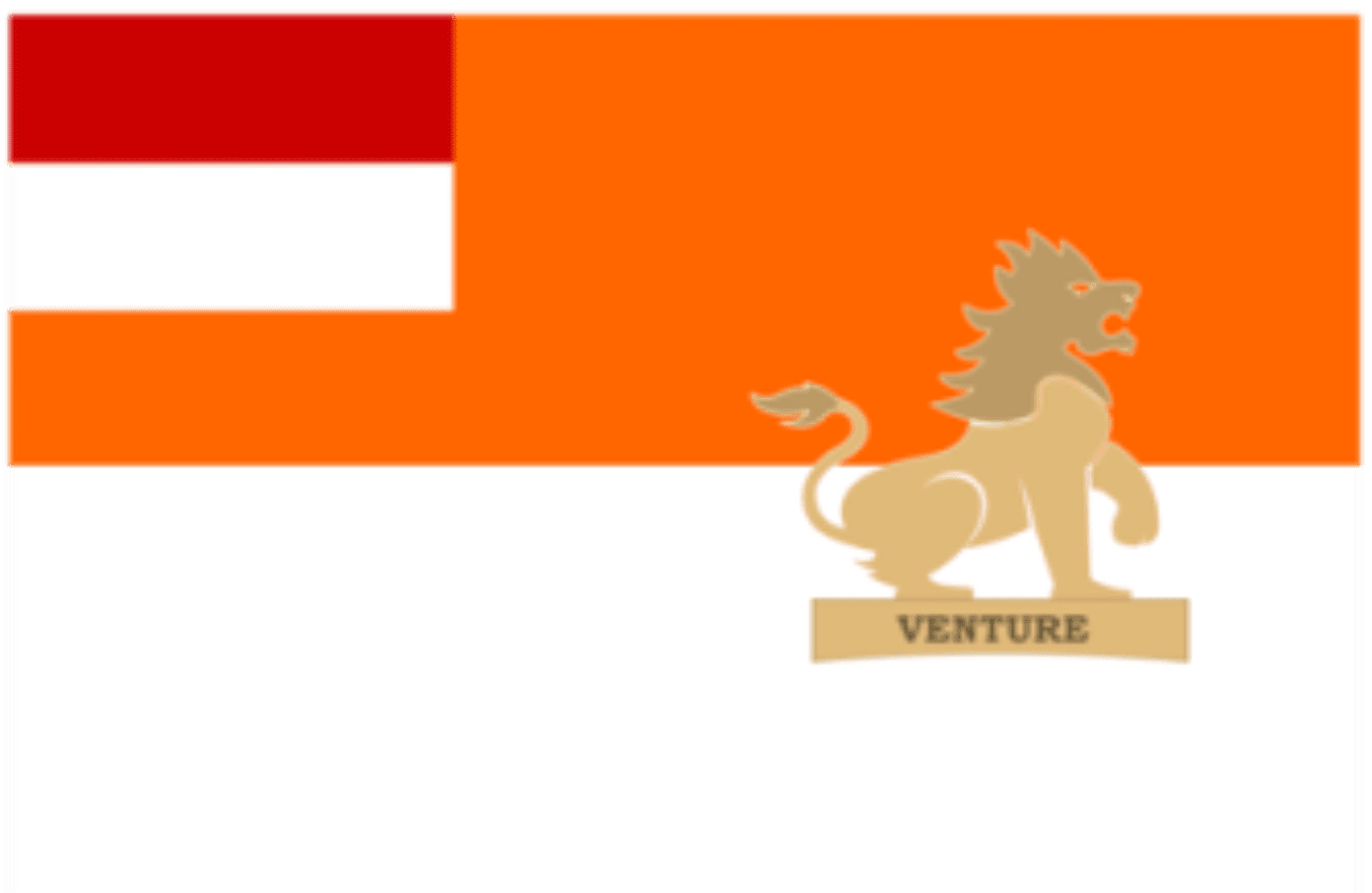Houses at Endeavour Global are named after the world’s oldest learning centres where international students flocked for knowledge. –
Takshashila House

Coat of Arms
Named after the oldest known university in the world.
The House is named after the oldest known university in the world, Takshashila.
- More than 2,800 years ago, circa 800 BCE, there existed a giant University at Takshashila (often called Taxila), a town located in the north-western region of India (in today’s Pakistan). According to references in the Ramayana, King Bharata founded the town in the name of his son, Taksha.
- Takshashila began as a loosely connected group of buildings where learned persons resided, worked and taught. Over the years, additional buildings were added; rulers made donations and more scholars migrated there. Gradually a large campus developed, which became a celebrated seat of learning in the ancient world.
- Not only Indians but also students from as far as Babylonia, Greece, Syria, Arabia, Phoenicia and China came to study.
- 68 different streams of knowledge were on the syllabus. A wide range of subjects were taught by experienced masters: Vedas, language, grammar, philosophy, medicine, surgery, archery, politics, warfare, astronomy, astrology, accounts, commerce, futurology, documentation, occult, music, dance, etc.
- The minimum entrance age was 16 and there were 10,500 students.
- There were 2000 teachers at Takshashila. Famous researchers and teachers included renowned names like:
- Panini, the great grammarian of sanskrit, to whom Prof Noam Chomsky of MIT attributes the origin of linguistics.
- Kautilya, also known as Chanakya (King-maker, superb political advisor, and author of Artha Shastra 300 BCE), deemed by social and economic historian Max Weber as one of the greatest political state-craft books of the ancient world.
- Charaka, the distinguished physician, whose research on the region’s flora and fauna described in his Charaka-Samhita strengthened the development of Ayurveda.
- Vishnu Sharma, author and compiler of the Panchtantra.
- Jivaka, the great physician of Bimbisara who cured the Buddha.
- Prasenajit, the enlightened ruler of Kosala, who is intimately associated with the events of the time of the Buddha.
Nalanda House
The House is named in honour of an ancient seat of learning in India – Nalanda.
The House is named in honour of an ancient seat of learning in India – Nalanda.
- Nalanda University was one of the first universities in the world, founded in the 5th Century BC, during the reign of the Gupta emperor Kumaragupta and reported to have been visited by the Buddha during his lifetime. Nalanda was also one of the world’s first residential universities. Its campus was considered an architectural masterpiece
- At its peak, in the 7th century AD, Nalanda held some 10,000 students and 2000 teachers when it was visited by the Chinese scholar Xuanzang.
- The library was located in a nine storied building where meticulous copies of texts were produced. The library of Nalanda, known as Dharma Gunj (Mountain of Truth) or Dharmagañja (Treasury of Truth). Its collection was said to comprise hundreds of thousands of volumes. The library had three main buildings as high as nine stories tall, Ratnasagara (Sea of Jewels), Ratnodadhi (Ocean of Jewel).
- Courses at Nalanda were drawn from every field of learning, Buddhist and Hindu, sacred and secular, foreign and native. Pupils and scholars from Korea, Japan, China, Tibet, Indonesia, Persia and Turkey studied science, astronomy, medicine, and logic as diligently as they applied themselves to metaphysics, philosophy, Samkhya, Yoga-Shastra, the Veda, and the scriptures of Buddhism. They studied foreign philosophy likewise.
- Emperor Ashoka and King Harshavardhana were some of its most celebrated patrons.
- Nagarjuna – a Mahayana philosopher, Dinnaga – founder of the school of Logic and Dharmpala- the scholar, taught at Nalanda.
- The famous Chinese traveller and scholar, Hieun-Tsang stayed at Nalanda and gave a glorious description of the university.
Mouseion House

Coat of Arms
The House is named after Alexandria's famous ancient university, Mouseion.
The House is named after Alexandria’s famous ancient university, Mouseion.
- Mouseion had a legendary library. This collection of literary treasure was the mind and glory of the ‘greatest city on earth’. At the Library the first serious trials to understand the world took place.
- At Mouseion, the first centre for scientific research in the history of the world, lived a community of scientists, who discovered the sciences of physics, linguistics, medicine, astronomy, geography, philosophy, mathematics, biology and geology. Here scientific studies reached adulthood. Here genius flourished.
- The original Mouseion is believed to have been built by the earliest Greek rulers of Egypt, specifically Ptolemy I Soter, adjacent to his palace. The university itself consisted of a public walk, and exedra, a hall or arcade with seats or recesses suitable for lectures and discussions, and a large building to house the scholars who resided there. There also were laboratories, botanical gardens and areas that held various animals, and attached to it was the famous ancient Library of Alexandria, as well as a theatre.
- Mouseion was also a shrine of the Muses, the goddesses of literature and the arts .The facility was dedicated in about 300 BC, but it was Soter’s successor, Ptolemy II Philadelphus, who called the most learned men in all fields to come to Mouseion and lecture. They did come, the largest number of whom were scientists and philosophers. Undoubtedly, many of the scholars came to the university because of the great library, which offered to its privileged fellows, and subsequently to all the scholars of the world, the resources of the first real, and the most comprehensive and innovative, collection of intellectual materials ever assembled during antiquity. Hence, this library became the central attraction for writers, teachers and scientists from every part of the world.
- Eventually, the library is thought to have contained some six hundred to seven hundred thousand volumes. Archimedes (287-212 BC) spent a good part of his life at the Mouseion, and is considered one of the three greatest mathematicians of all time.
Platonic House

Coat of Arms
Platonic House is named after the Academy founded by Plato in 387 BCE in Athens.
Platonic House is named after the Academy founded by Plato in 387 BCE in Athens.
- Plato’s Academy is often said to have been a school for would-be politicians in the ancient world, and to have had many illustrious alumni. Plato’s Academy was not a formal school or college in the sense we’re familiar with. Rather, it was a more informal society of intellectuals who shared a common interest in studying subjects such as philosophy, mathematics, and astronomy. Plato held the belief that knowledge was not purely the result of inner reflection, but instead, could be sought through observation and therefore taught to others. It was based upon this belief that Plato founded his famous Academy.
- The meeting location of Plato’s Academy was originally a public grove near the ancient city of Athens. The garden was dedicated to Athena, the goddess of wisdom, war, and crafts. Later, the garden was named for Akademos or Hecademus, a local hero after which the Academy was named. The garden was surrounded by art, architecture, and nature as it was famously adorned with statues, sepulchres, temples, and olive trees.
- Plato delivered his lectures there in the small grove where senior and junior members of the exclusive group of intellectuals met. It has been surmised that these meetings and teachings employed several methods including lectures, seminars, and even dialogue.
- Cicero lists the leaders of the Academy up to 265 B.C. as Democritus, Anaxagoras, Empedocles, Parmenides, Xenophanes, Socrates, Plato, Speusippus, Xenocrates, Polemo, Crates, and Crantor.
- Eventually, other instructors joined, including Aristotle (384–322 BC) who studied and taught there for twenty years (367–347 BC) before founding his own school, the Lyceum. After Plato’s death, the running of the Academy was handed over to Speusippus. The Academy had earned such a reputation among intellectuals that it continued to operate, with periods of closure, for almost nine hundred years after Plato’s death hosting a list of famous philosophers and intellectuals.






